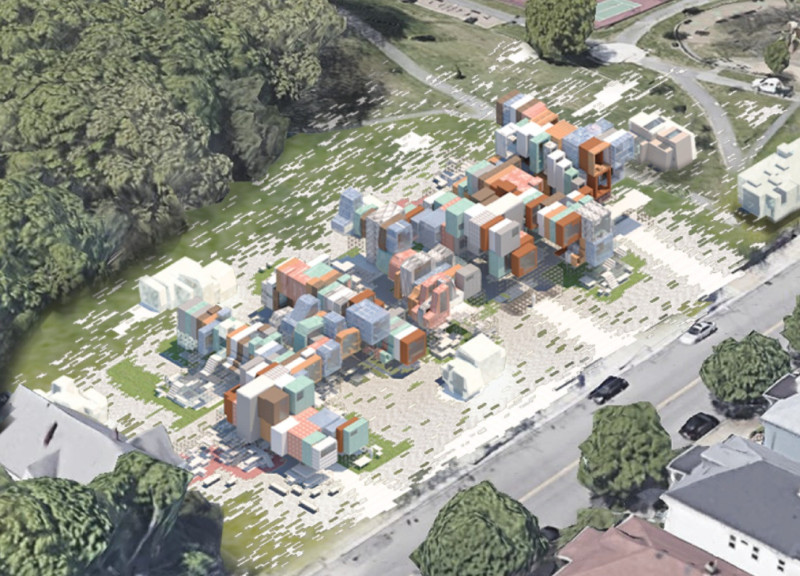5 key facts about this project
The project addresses the need for affordable housing in urban areas that face significant social and financial challenges. Located in Mattapan, Boston, this initiative aims to redefine traditional property ownership through a cooperative housing model. It draws inspiration from Senator Elizabeth Warren's Affordable Housing Plan, which seeks to ease the financial pressures on low-income families and promote a sense of community among residents.
Cooperative Housing Model
The design introduces a framework where residents act as shareholders. This means they can invest based on the volume of space they occupy rather than conforming to conventional notions of land ownership. Such an approach encourages active community participation and collective responsibility, creating a supportive atmosphere that benefits all.
Modularity and Customization
Central to the design is the feature of modularity and customization. Residents can choose from customizable living units known as "slivers." Each sliver is designed to fulfill basic functions, including sleeping and cooking. This flexibility allows individuals to tailor their spaces to fit personal needs and preferences. At the same time, it promotes a lively community where diverse living experiences can be harmonized.
Community Integration
Community "pods" are an important aspect of the design, allowing residents to share resources and spaces. These communal areas enhance the overall living experience by providing amenities that everyone can access. This element is aligned with the principles of cooperative living, highlighting how shared resources can lower costs and strengthen community bonds.
Structural and Sustainability Considerations
A lightweight scaffolding system supports the modular units, allowing for future changes as the community evolves. Additionally, structural insulated panels are used to improve energy efficiency and thermal performance. The design also incorporates renewable energy options, ensuring that each unit maintains a commitment to sustainability.
Bringing together private spaces and communal areas, the design fosters a sense of belonging among residents while meeting essential living needs. The thoughtful arrangement of these components creates an environment that reflects community values and environmental consciousness.






















































